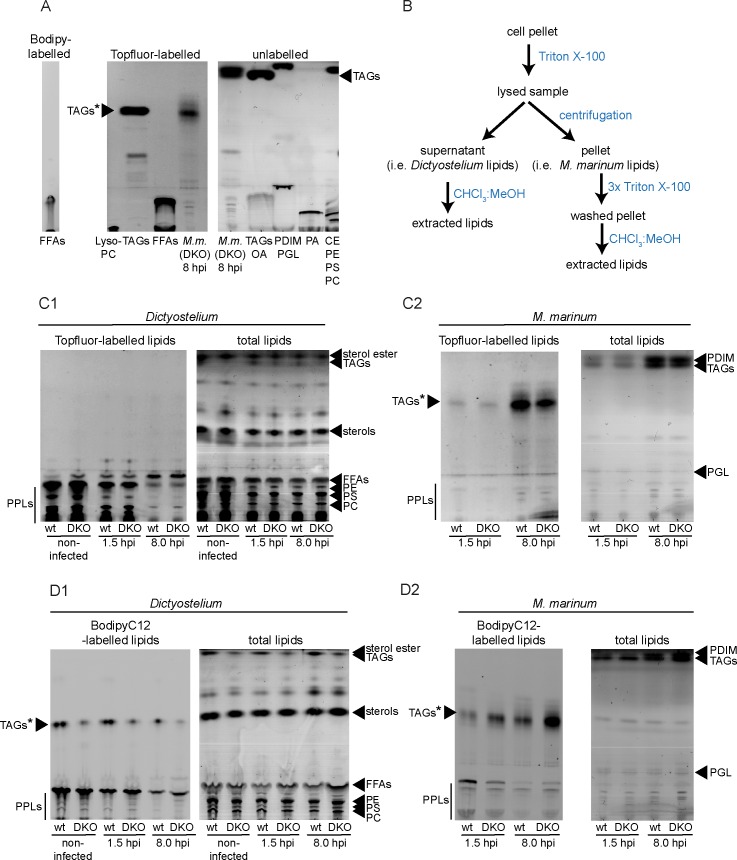Fig 9. M. marinum uses host phospholipids to build up TAGs.
A. Topfluor- and Bodipy-labelled lipid standards show a different migration behaviour than unlabelled standards. The migration of BodipyC12, Topfluor-FFAs (C11), Topfluor-TAGs (TAGs*; 18:1, 18:1, C11) and Topfluor-LysoPC was compared to unlabelled standards for TAGs (Triolein) and FAs (oleic acid (OA)). Additionally, the migration of PDIM, phenolic glycolipids (PGL), phosphatidic acid (PA), cholesterol esters (CE), PE, PS and PC was monitored by using the respective standards. B. Scheme showing how lipids of host and pathogen were separated prior to extraction with chloroform/methanol. C. and D. M. marinum incorporates host-derived lipids into TAGs. Wild type and dgat1&2 DKO cells were labelled with Topfluor-LysoPC (C) and BodipyC12 (D) as described in materials and methods. Cells were infected with unlabelled M. marinum. At the indicated time points samples were taken for lipid extraction. To separate host (C1 and D1) and bacterial lipids (C2 and D2), cells were lysed with 0.05% TritonX-100 and the lipids of the pellet (bacterial lipids) were extracted with chloroform:methanol (1:2) for 24 hrs. The lipids of the supernatant (host lipids) were directly extracted with chloroform:methanol (1:2). Bands were identified by comparison with lipid standards. PPLs: phospholipids.

